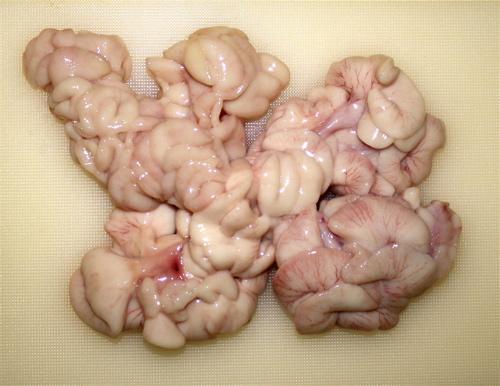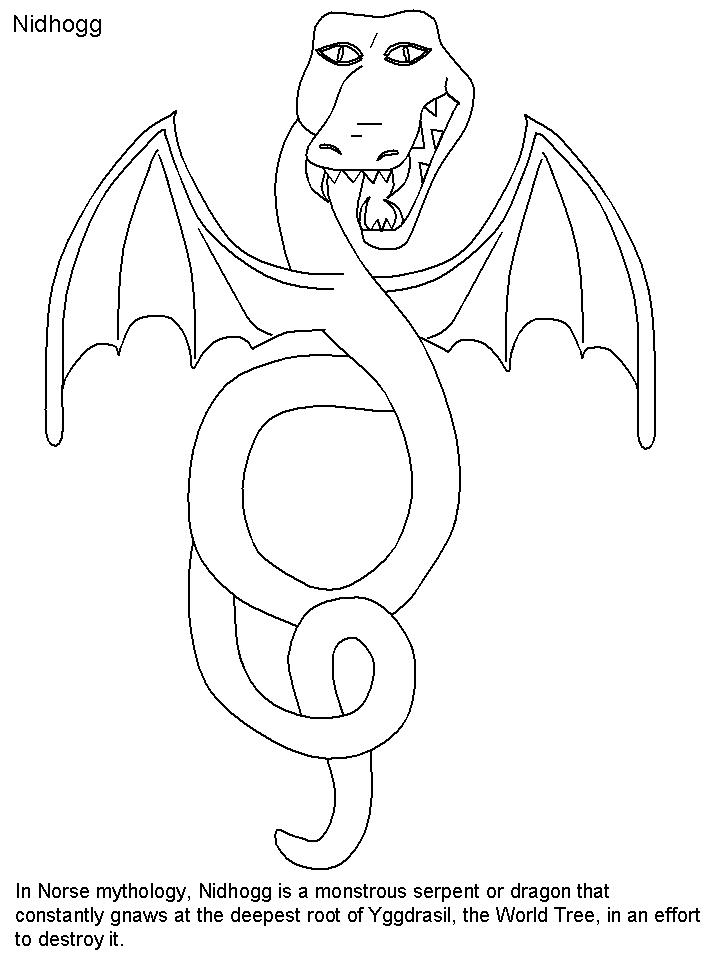

“Ratatosks is the squirrel who there shall run / On the ash-tree Yggdrasil / From above the words of the eagle he bears, / And tells them to Nithhogg beneath.”Ī second poem, Völuspá describes the realm of Nadastrond, which Nidhogg rules:Ī hall I saw, / far from the sun, / On Nastrond it stands, / and the doors face north, / Venom drops / through the smoke-vent down, / For around the walls / do serpents wind.

The poem Grímnismál in the Poetic Edda introduces Nidhogg by saying, Nidhogg appears in both of the early authoritative texts about Norse mythology: the Poetic Edda and the Prose Edda of the thirteenth century. Ultimately, the he will survive this battle and become the force of evil which balances good in the post-Ragnarok world. At the end of this frigid and chaotic period, he will fly up from the underworld, carrying dead criminals and leading the giants on an attack against the gods. Ragnarok will begin when the dragon finally manages to chew through the roots of Yggdrasil, causing the tree to yellow and the worlds it supports to plunge into a three-year winter. A terrifying hall, with walls woven from serpents and a ceiling that drips venom, waits for these criminals, and inside the hall, the dragon chews on their bodies.įinally, the dreaded dragon has a role to play in Ragnarok, the day when the giants will attack the gods and destroy most of their world. He rules over the dark shores of Nadastrond, to which the corpses of murderers, adulterers, and oath-breakers are banished. In addition to bringing balance to Yggdrasil, the monster also figures in the punishment of criminals. After the eagle and the dragon spend the day destroying Yggdrasil in their frenzy to attack each other, the tree is bathed in water from the wells of Urd, which promotes healing and new growth. This tension may seem undesirable, but it actually promotes a cycle of growth in the tree of life. The constant tension between the eagle and the dragon is fueled by Ratatoskr, a squirrel who runs up and down the tree ferrying insults between the two enemies. A great eagle, who represents wisdom and virtue, perches in the uppermost branches of the tree, while Nidhogg, representing chaos and evil, lurks in its roots. Roleīalance is extremely important in Norse mythology, and while Nidhogg does represent a ghastly force, he is still important to supporting the balance of Yggdrasil. Occasionally, he might slither into Hel to visit the dark goddess who some people consider his master. His mammoth body can be found twisting through the roots of Yggdrasil, especially around Niflheimr, the cold world from which all the rivers of Midgard spring. Beneath his bat-like wings, he carries the corpses of criminals. A pair of forelegs, complete with massive claws, help him to rip at the roots of Yggdrasil, but he has no back legs, only a serpentine tail. His body is covered in bright scales, and horns erupt from his head.

While it's unlikely that Flywrench will have quite the same industry-shaking impact, for less than the price of a hot meal, it sure looks like a hell of a lot of fun.Nidhogg is a tremendous dragon.

Underneath its deceptively simplistic stick-man visuals lay a surprisingly complex and addictive local multiplayer game, something that has been in short supply this console generation. When Nidhogg came out in 2014, it was a breath of fresh air. Thankfully, this late port isn't all old content, with Flywrench's PS4's release also including 12 brand-new levels.
#NIDHOGG BIRD TRIAL#
While it doesn't feature traditional local multiplayer, Flywrench instead lets you create grudge matches with your friends through its online Time Trial mode. Looking like the weird love child of Flappy Bird and Pong, Flywrench sees players flipping their ship's polarity to match the colors around them as they bounce, fall and fly their way through each level. Interestingly, Flywrench has actually been around as a prototype since 2007, impressing our old colleagues at Indiecade 2008.


 0 kommentar(er)
0 kommentar(er)
